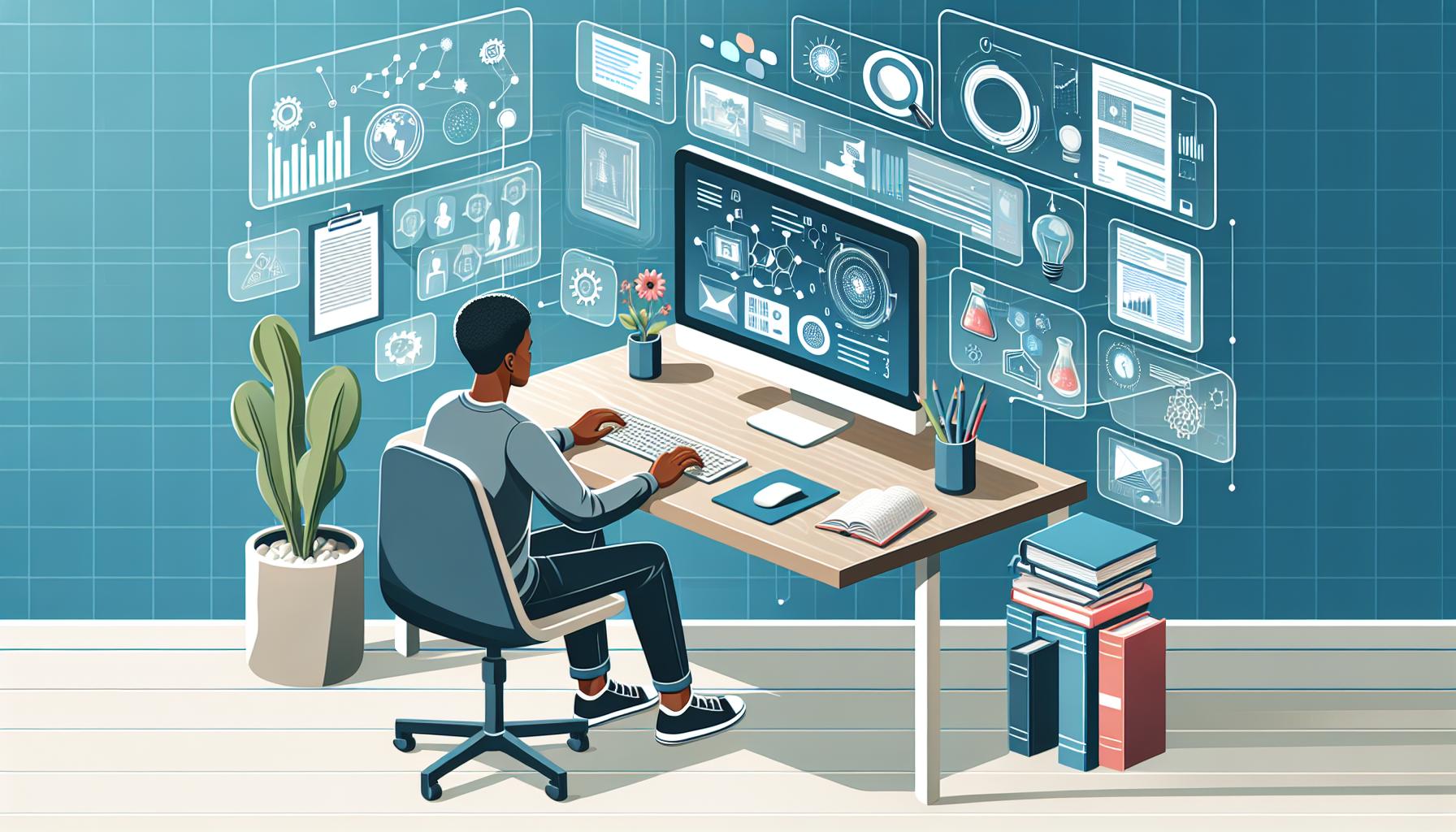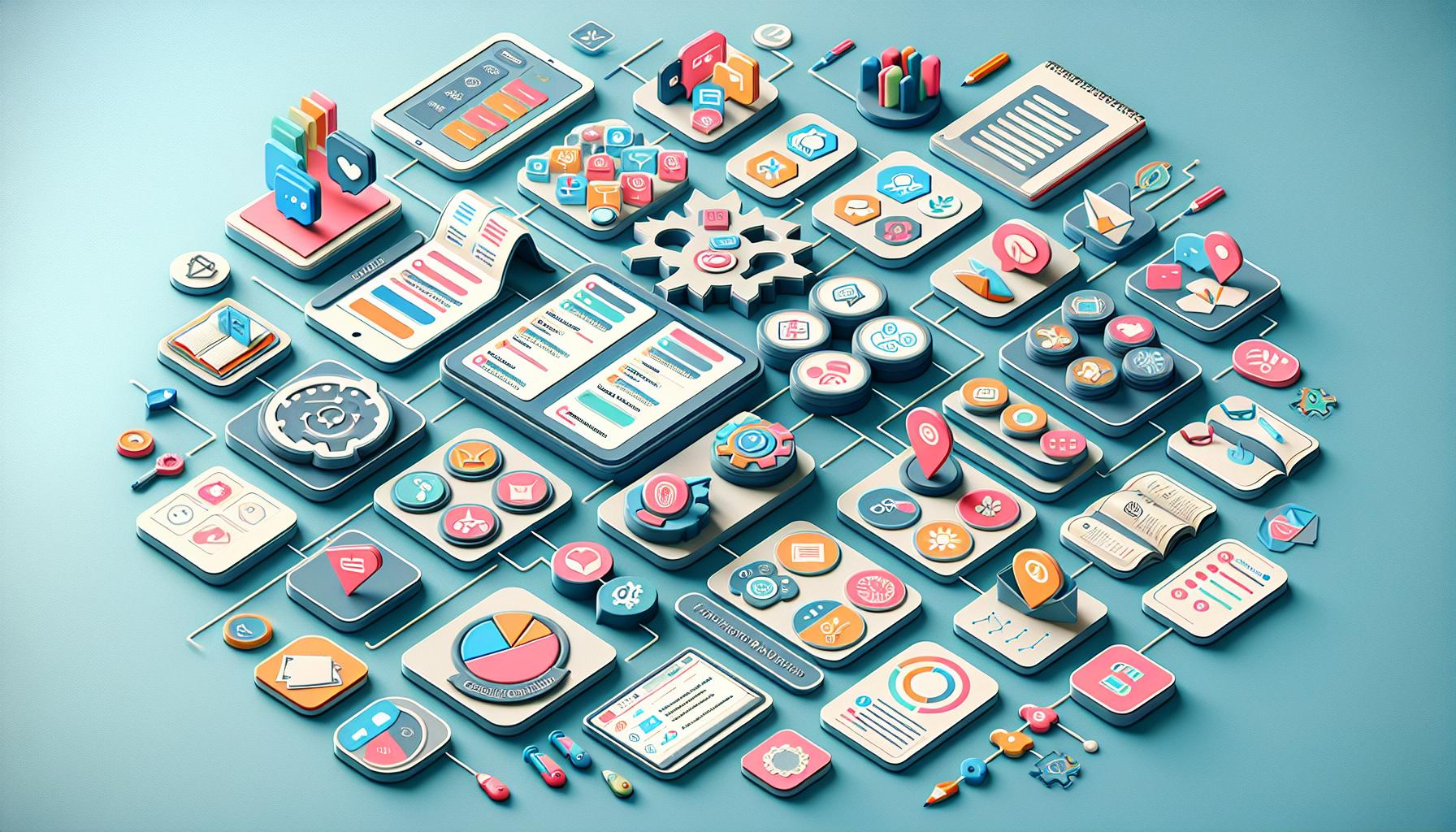In the ever-evolving world of business technology, understanding the differences between a Learning Management System (LMS) and Customer Relationship Management (CRM) software is crucial. While both systems are designed to streamline operations, they serve distinct purposes that cater to different organizational needs. An LMS focuses on managing educational content and training, enhancing learning experiences by organizing data and tracking lead activities efficiently.
On the other hand, CRM software goes beyond learning management. It optimizes customer interactions by managing relationships, gathering feedback, and facilitating cross-selling and upselling opportunities. Integrating an LMS with a CRM can offer synergistic benefits in user engagement and data analytics; but, choosing the right system depends on your organization’s specific objectives.
Whether you’re looking to enhance customer relations or improve internal training processes, knowing how these systems differ will guide you in making informed decisions that impact long-term success.
Understanding LMS and CRM
Definitions and Primary Functions
- Learning Management System (LMS): An LMS manages and delivers training content, enhances learning, and facilitates training. It’s widely used in educational institutions and corporate environments for course management, grading, and content delivery.
- Customer Relationship Management (CRM) System: A CRM system manages customer interactions, data, and relationships. It’s employed across industries to acquire new customers, manage communications with existing ones, and analyze customer data to enhance service quality and drive sales growth.
The integration of both systems can lead to enhanced user engagement due to their complementary functionalities in different operational areas.
Key Features and Benefits

When comparing LMS and CRM, understanding their distinct benefits is crucial. Each system offers unique advantages that cater to specific organizational needs.
Benefits of LMS
An LMS enhances the learning experience by centralizing content creation and management. It streamlines training delivery at scale, allowing educators and trainers to efficiently manage educational content. Automating user enrollment and tracking helps you monitor learner progress effectively. Single sign-on simplifies access by reducing the need for multiple credentials when integrated with a CRM. Personalized learning recommendations ensure tailored educational paths based on individual data and history, while social learning features foster engagement through online forums.
Benefits of CRM
A CRM improves client relationships by maintaining detailed customer records, which help you understand individual preferences and tailor offerings accordingly. This personalization leads to higher satisfaction and loyalty. Efficient lead tracking supports sales teams in managing interactions more effectively, resulting in increased deal closures. For marketing departments, CRM tools analyze behavior patterns to optimize campaigns for maximum impact. Customer service benefits from quick response capabilities, enhancing trust through personalized support solutions that align with customer needs.
| Feature | LMS (Learning Management System) | CRM (Customer Relationship Management) |
|---|---|---|
| Content Management | Centralizes content creation and management for efficient learning | Maintains detailed customer records for personalized offerings |
| Tracking Progress | Automates user enrollment and tracks learner progress | Efficiently tracks leads and manages customer interactions |
| Personalization | Provides personalized learning recommendations based on user data | Personalizes customer interactions based on preferences and history |
| Engagement Features | Fosters engagement through social learning features like forums | Enhances customer satisfaction and loyalty through tailored experiences |
| Integration Capabilities | Integrates with CRM for single sign-on and streamlined access | Analyzes behavior patterns to optimize marketing campaigns |
| Efficiency | Streamlines training delivery at scale for educators and trainers | Supports sales teams by increasing deal closures and improving lead management |
| Customer Support | N/A | Improves customer service with personalized support and quick responses |
Comparing LMS and CRM

Understanding the differences and similarities between Learning Management Systems (LMS) and Customer Relationship Management (CRM) is crucial for selecting the right solution. Each serves distinct functions, yet they share some overlapping features.
Differences Between LMS and CRM
| Feature | LMS (Learning Management System) | CRM (Customer Relationship Management) |
|---|---|---|
| Purpose and Focus | Manages educational content to enhance learning and development | Manages customer interactions to optimize sales, marketing, and customer service |
| Functionality | Streamlines course management, tracks learner progress, and automates grading | Automates sales processes, stores customer data for optimized service delivery |
| Data Management | Filters lead information to prevent data clutter in educational settings | Maintains detailed customer records to analyze interactions and improve relationships |
Similarities Between LMS and CRM
Both systems support user engagement through personalized experiences. An LMS tailors learning paths according to user performance while a CRM customizes marketing campaigns based on consumer behavior analysis. Each system employs data analytics for improved decision-making—analyzing learner outcomes or customer preferences enhances their respective functionalities.

Integration of LMS and CRM
Integrating Learning Management Systems (LMS) and Customer Relationship Management (CRM) enhances organizational efficiency by combining educational content management with customer interaction optimization. This synergy creates a unified platform that streamlines operations and also bring in a dashboard with a clear visual of performance and impact of training on it and also help in planning the further course of action at both ends
Why Integration is Important
The integration between LMS and CRM systems bridges the gap between training initiatives and business objectives. A standalone approach leads to limited visibility into how educational efforts impact overall business performance. By integrating, you gain comprehensive insights into user engagement, course sales trends, and training outcomes. This alignment ensures your workforce’s development directly contributes to sales growth and improved customer service.
Benefits of Integrating LMS with CRM
Integration brings several benefits that enhance both learning experiences and customer interactions:
| Advantages | Description |
|---|---|
| Data Syncing | Seamlessly sync data between LMS and CRM for real-time updates on learner progress and customer interactions. |
| Time Efficiency | Save time by automating data processes, reducing manual entry and data duplication. |
| Enhanced Analytics | Leverage integrated analytics for deeper insights into user behaviors, supporting data-driven decision-making. |
| Improved Onboarding | Automate onboarding processes, ensuring new hires or committee members are quickly enrolled in necessary training. |
| Personalized Experiences | Provide personalized learning paths in the LMS and tailor marketing campaigns in the CRM based on user profiles. |
Choosing the Right System
When selecting between an LMS and a CRM, aligning system capabilities with organizational goals is essential. Each system serves unique functions and offers distinct advantages.
| Factors to Consider | Description |
|---|---|
| Organizational Needs | Evaluate if your organization prioritizes training (LMS) or customer relationship management (CRM). |
| Budget Constraints | Assess financial resources, considering both initial costs and ongoing expenses like maintenance or updates. |
| Integration Capabilities | Ensure compatibility with existing systems to optimize workflow efficiency across departments. |
| User Experience | Choose systems with intuitive interfaces for users at all levels, as ease of use impacts adoption and satisfaction. |
| Business Objectives Alignment | Define core objectives such as improving sales (CRM) or enhancing workforce skills through training (LMS). |
| Scalability Requirements | Determine future growth plans to ensure the chosen system can scale without significant overhauls. |
| Support Services Availability | Confirm the availability of technical support to promptly resolve issues and minimize operational disruptions. |
Final Thoughts
Understanding the differences between a Learning Management System (LMS) and a Customer Relationship Management (CRM) system is key to optimizing both employee training and customer interactions. An LMS is designed for managing educational content, tracking learner progress, and delivering structured training, while a CRM focuses on managing customer data, sales pipelines, and relationships. For businesses looking to integrate training with customer service or sales processes, combining these systems can offer significant advantages.
Choosing between an LMS and a CRM depends on your organization’s specific needs and goals Understanding the distinct functionalities of each system is crucial for aligning with your strategic vision While an LMS enhances learning experiences through streamlined content management and personalized training a CRM optimizes customer interactions by managing data and improving sales processes. For easing the process and further grow knowledge in this subject Stratbeans Learning Solutions can provide valuable guidance on integrating LMS platforms, helping organizations streamline both employee development and customer management. Their expertise ensures that the chosen solutions not only function well individually but also enhance each other when working together, leading to more cohesive business operations.
Integrating both systems can offer comprehensive insights into user engagement and operational efficiency by leveraging their complementary features you can ensure that your organization maximizes talent development while building strong customer relationships Consider factors like budget integration capabilities and scalability to make informed decisions that support long-term success


